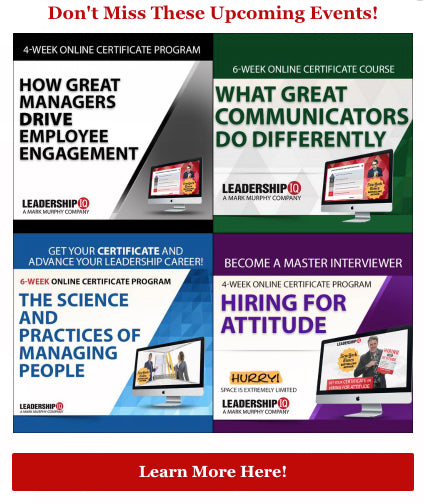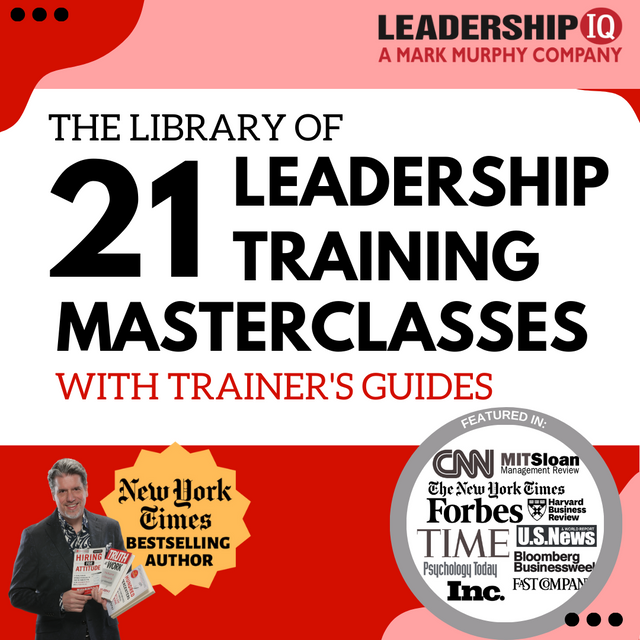Understanding the Key Dimensions of Organizational Culture
What is the secret sauce that makes some companies thrive while others struggle? The answer often lies in the organizational culture dimensions.
But what exactly are these dimensions? And how do they shape the way a company operates?
In essence, organizational culture dimensions are the key elements that define a company's personality. They influence everything from decision-making processes to employee motivation and job satisfaction.
Understanding these dimensions is crucial for corporate managers, human resources professionals, and leadership coaches. It can help them set effective goals, develop talent, and foster a positive work environment.
In this article, we will delve into the various dimensions of organizational culture. We will explore how they can be leveraged to drive success and create a thriving, motivated workforce.
So, are you ready to unlock the power of organizational culture? Let's dive in.
The Essence of Organizational Culture
Organizational culture is the collective mindset that shapes a company's identity. It encompasses the values, beliefs, and behaviors shared by employees within an organization.
Think of it as the invisible force that guides how things get done. It affects every aspect of the company, from customer interactions to internal communication. A strong culture aligns employees with the company's mission and goals, leading to improved performance.
Understanding the essence of organizational culture can empower leaders to cultivate a positive environment. This, in turn, inspires employees and fosters job satisfaction, contributing to overall business success.
Edgar Schein's Model: Artifacts, Values, and Assumptions
Edgar Schein offers a foundational model for understanding organizational culture. He introduces three levels: artifacts, espoused values, and basic assumptions.
Artifacts are the visible elements of culture, such as logos, office layout, and dress code. They're easy to observe but sometimes hard to decipher.
Espoused values represent the stated norms and rules guiding a company's actions. These are often found in mission statements or codes of conduct.
The deepest layer, basic assumptions, consists of the underlying beliefs that inform values and artifacts. These assumptions are often unconscious yet drive the overall culture profoundly.
The Competing Values Framework: Four Culture Types
The Competing Values Framework, developed by Cameron and Quinn, introduces four distinct culture types. Each type emphasizes different values and practices within an organization.
- Clan Culture: Focuses on collaboration, shared values, and a family-like environment. This type prioritizes employee involvement and satisfaction.
- Adhocracy Culture: Encourages innovation and agility. It's prevalent in environments where adaptability and new ideas drive success.
- Market Culture: Stresses competition and achieving tangible results. This culture type is goal-oriented, with a focus on external success metrics.
- Hierarchy Culture: Values structure and control. It emphasizes efficiency, stability, and clear procedures to maintain order.
Understanding these types helps organizations align their strategies with their cultural strengths. Knowing your company's dominant culture can lead to better goal-setting and enhanced performance.
Hofstede's Cultural Dimensions Theory
Hofstede's Cultural Dimensions Theory provides insight into cross-cultural interactions within organizations. This model identifies key dimensions that affect workplace dynamics.
It includes six dimensions that highlight diverse cultural influences. Each dimension helps in understanding employee behavior and expectations globally.
- Power Distance: Measures acceptance of unequal power distribution. High power distance indicates hierarchical structures.
- Individualism vs. Collectivism: Highlights the degree of collective action versus individual focus within a society.
- Masculinity vs. Femininity: Explores the emphasis on competitiveness versus care and quality of life.
- Uncertainty Avoidance: Reflects the comfort level with ambiguity and risk-taking.
- Long-term Orientation: Focuses on the importance of tradition versus future planning.
- Indulgence vs. Restraint: Examines the gratification of desires versus controlling needs.
These dimensions help organizations foster inclusive environments by considering cultural nuances. Leaders can adapt strategies to better engage global teams and enhance collaboration.
The Denison Organizational Culture Model
The Denison Organizational Culture Model focuses on key traits that drive organizational performance. It evaluates culture through four primary dimensions.
These dimensions include involvement, consistency, adaptability, and mission. Each trait reflects a critical aspect of organizational functioning.
- Involvement: Measures the level of employee engagement and empowerment within the organization.
- Consistency: Assesses the degree to which the organization's values and systems create a stable environment.
- Adaptability: Evaluates the organization's ability to change in response to external demands.
- Mission: Considers the organization's clarity of vision, strategic direction, and objectives.
By examining these dimensions, leaders can identify strengths and areas for improvement. The model helps align culture with overall strategic goals. This understanding enables better adaptation to market changes and enhances organizational resilience.
Impact on Motivation and Job Satisfaction
Organizational culture significantly impacts employee motivation and job satisfaction. A positive culture fosters a sense of belonging and purpose among employees. This connection to organizational values increases engagement and productivity.
Conversely, a culture misaligned with employee values can lead to dissatisfaction. Employees are less likely to engage when they feel disconnected from the cultural environment. A well-defined culture supports motivation, leading to increased job satisfaction and organizational success. Understanding cultural dimensions is crucial for enhancing these aspects.
Leadership's Role in Shaping Culture
Leaders play a pivotal role in defining organizational culture. Their actions and decisions set the tone for what is valued within the organization. This influence shapes both employee attitudes and behaviors.
Effective leaders communicate cultural values clearly. They reinforce these values through consistent actions, fostering trust and transparency. Leadership commitment to culture is vital for its successful implementation and sustainability. This leadership-driven culture alignment can inspire and engage employees, driving organizational success.
Aligning Goals with Organizational Culture
Aligning corporate goals with the organizational culture is a key strategy for success. Culture defines shared beliefs and values, guiding employee behavior. When goals harmonize with these cultural elements, they are more attainable and inspiring.
This alignment encourages employee buy-in and engagement. Employees are more motivated to achieve targets that resonate with their organizational values. In turn, this creates a cohesive work environment where individuals work together towards common, meaningful objectives. A well-aligned goal energizes and drives collective progress.
Talent Development and Cultural Fit
Talent development thrives in environments where cultural fit is prioritized. An organization's culture should reflect the beliefs and behaviors that encourage growth. Employees need to feel their values align with the company's principles to contribute effectively.
Hiring and nurturing individuals who resonate with these cultural elements enhances retention and performance. When employees see themselves as integral parts of the company, motivation and innovation flourish. Cultural fit is not just about matching values; it's about supporting continuous professional and personal development.
Measuring and Assessing Culture Dimensions
Understanding organizational culture begins with effective measurement and assessment. Tools and surveys can gauge employee sentiments and cultural alignment. Regular feedback sessions offer invaluable insights into how culture is perceived and experienced.
It is crucial to use diverse methods to capture the multifaceted nature of culture. Observations, interviews, and quantitative data work together to provide a comprehensive view. This holistic approach ensures a deeper understanding of cultural dynamics and highlights areas for improvement and growth.
Embracing Change in Organizational Culture
Change is inevitable, and embracing it can enhance organizational culture. Encouraging openness to change involves clear communication and active listening. Leaders must champion adaptability while ensuring all employees are aligned with evolving cultural goals, maintaining a consistent yet flexible approach to culture's continuous development.
Conclusion: The Continuous Evolution of Culture
Organizational culture is not a static concept. It evolves, shaped by internal dynamics and external influences. Embracing this evolution requires a proactive approach, ensuring that culture remains a strategic asset. By fostering a culture of adaptability and inclusivity, organizations can thrive amidst change and seize new opportunities for growth.











